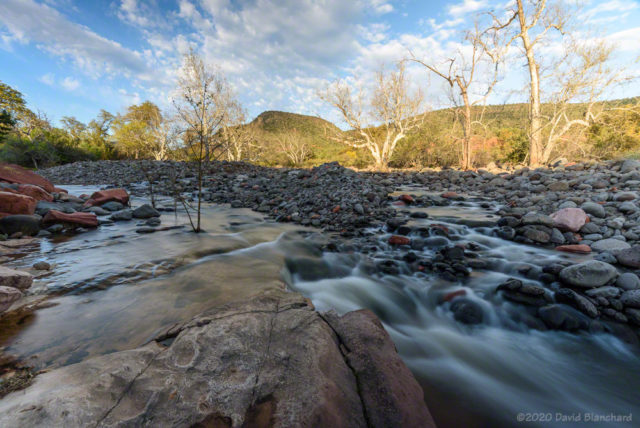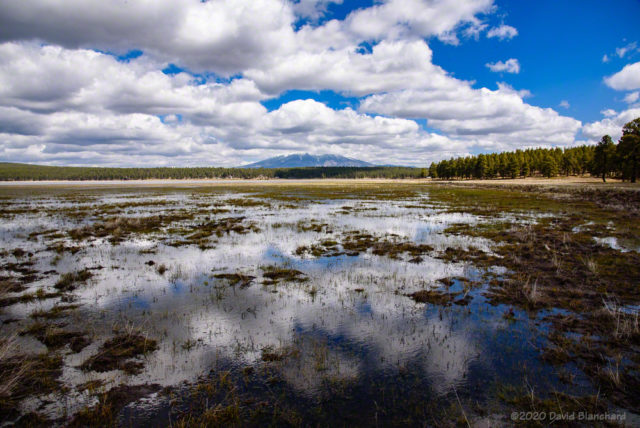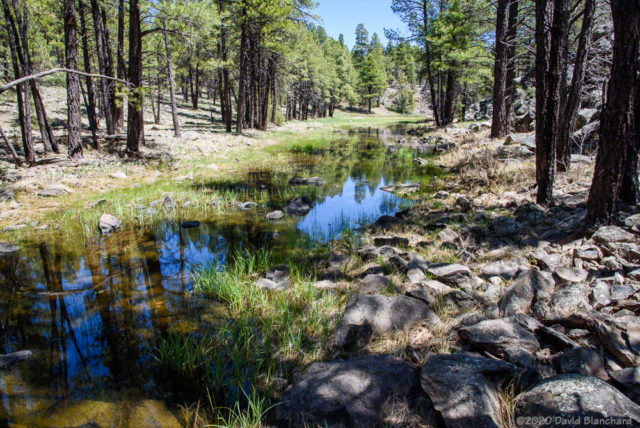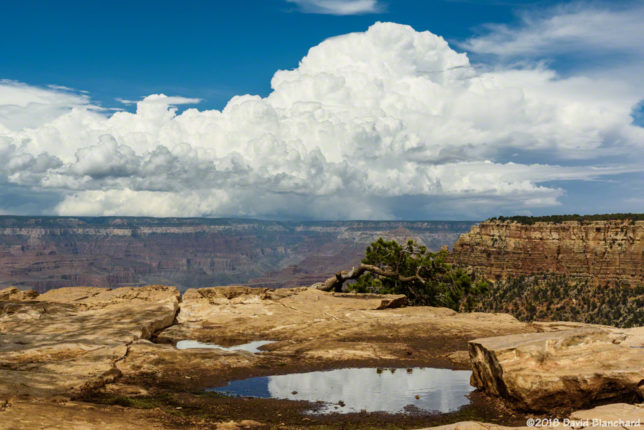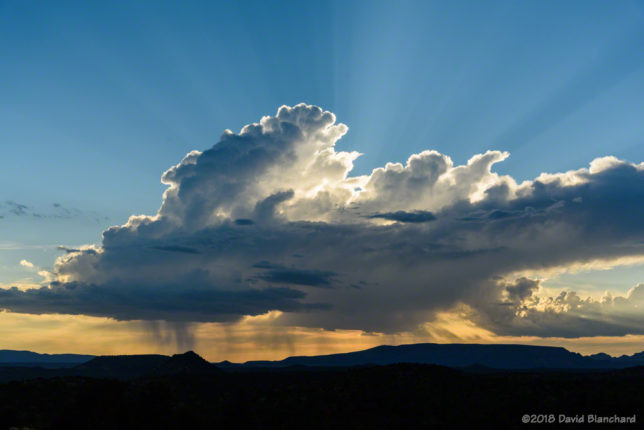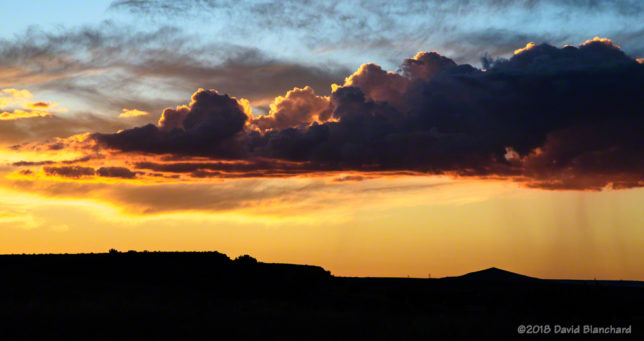The past week has featured dry conditions with mostly cloudless skies. That changed on Wednesday as a weak disturbance moved across the Southwest and brought a bit of moisture to the area. By afternoon it was evident that there would be some interesting clouds at sunset so we headed to Rogers Lake County Natural Area, located a few miles southwest of Flagstaff.
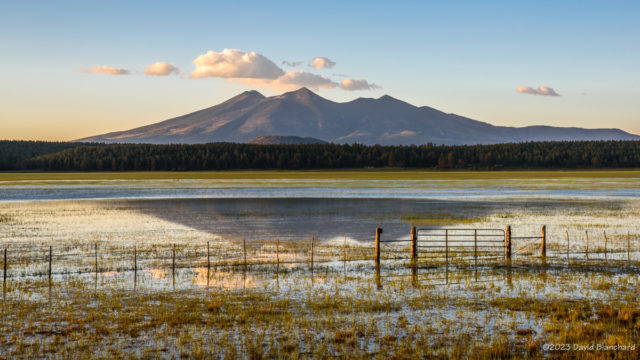
Our first stop was at the southern end of the lake which allowed us to take photographs over the water looking towards the San Francisco Peaks. The winds began to calm as the sun lowered in the west providing interesting reflections of the peaks in the smooth water. Note: lots of bugs but they weren’t annoying.
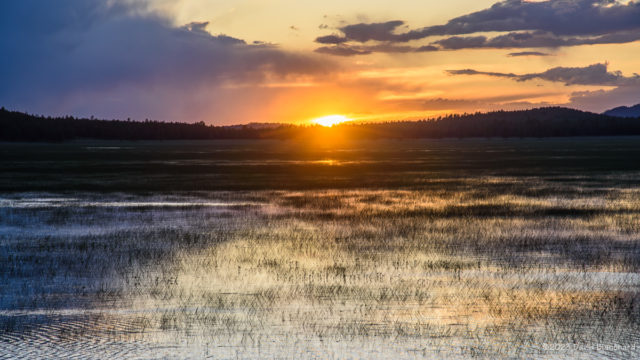
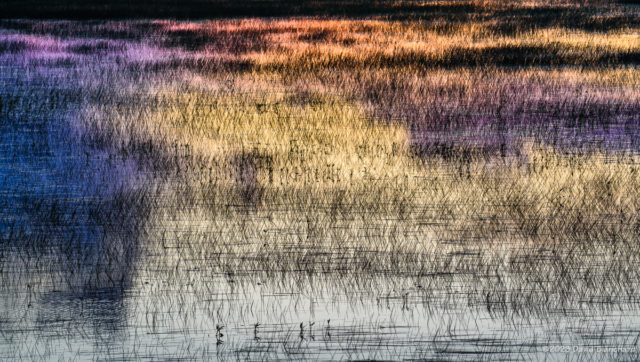
We then moved to the northern viewing area to shoot photos across the lake and towards a band of shallow convective clouds and the sun. There was a period of a few minutes in which the colors were greatly enhanced. I was using a 24–120mm lens for most of the early photographs but switched to a 200–500mm lens for some closeup photographs of the water. The wetland grasses were growing out of the shallow water and created an interesting abstract photo, especially with the sunset colors reflected on the water.

The panoramic image was shot using an iPhone.
The forecast calls for several more days with clouds and showers so there may be additional opportunities.
